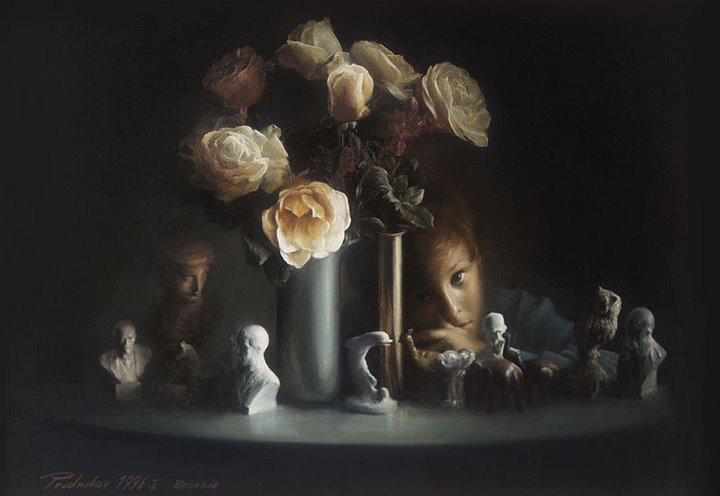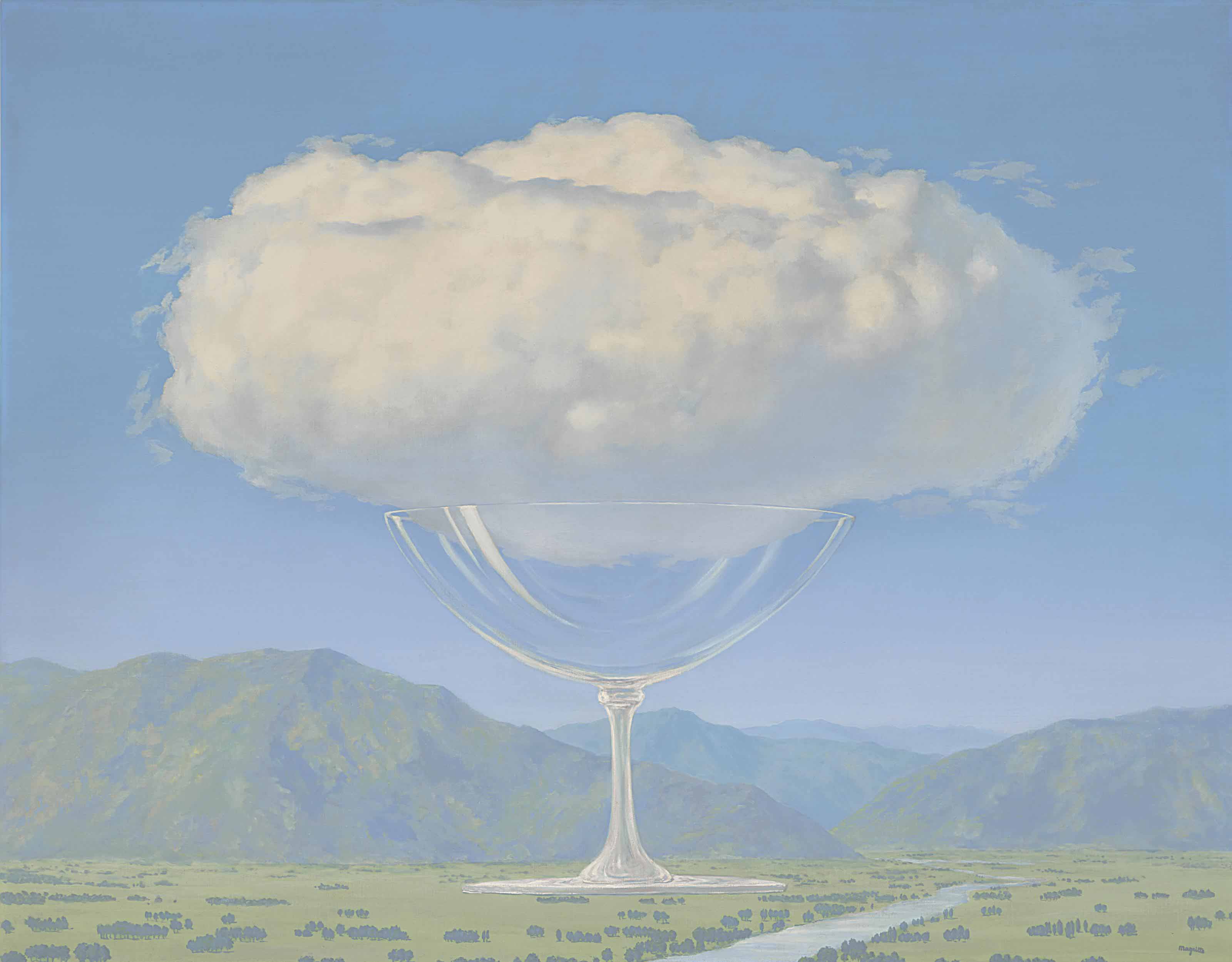Considerato uno dei pittori Vittoriani più influenti, Sir Lawrence Alma-Tadema (1836-1912) costituisce una presenza molto particolare nel panorama artistico del XIX secolo; lo stile ed i contenuti delle sue opere manifestano allo stesso tempo elementi antichi e moderni, visitati in chiave personale, tanto che l'Art Journal del 1870 scrisse su di lui: «Alma-Tadema è difficile da classificare: non appartiene a nessuna scuola, o per meglio dire, è lui stesso una scuola».
Tuttavia «Alma-Tadema», pur nella sua peculiarità, si inserisce nell'estetica ottocentesca volta al recupero del passato, con una generale ripresa di stili artistici e aspetti formali propri di epoche storicamente lontane e neoclassiciste; le innovative e originali formule neopompeiane di Alma-Tadema, dettate della sua passione per l'archeologia vesuviana, trovarono a Londra un'accoglienza più che favorevole.
Al fine di soddisfare non solo il proprio amore per l'archeologia, ma anche le stravaganze intellettuali della sua committenza vittoriana, Alma-Tadema non esitò a rifugiarsi fantasiosamente nell'ancestrale dimensione domestica di Pompei.















